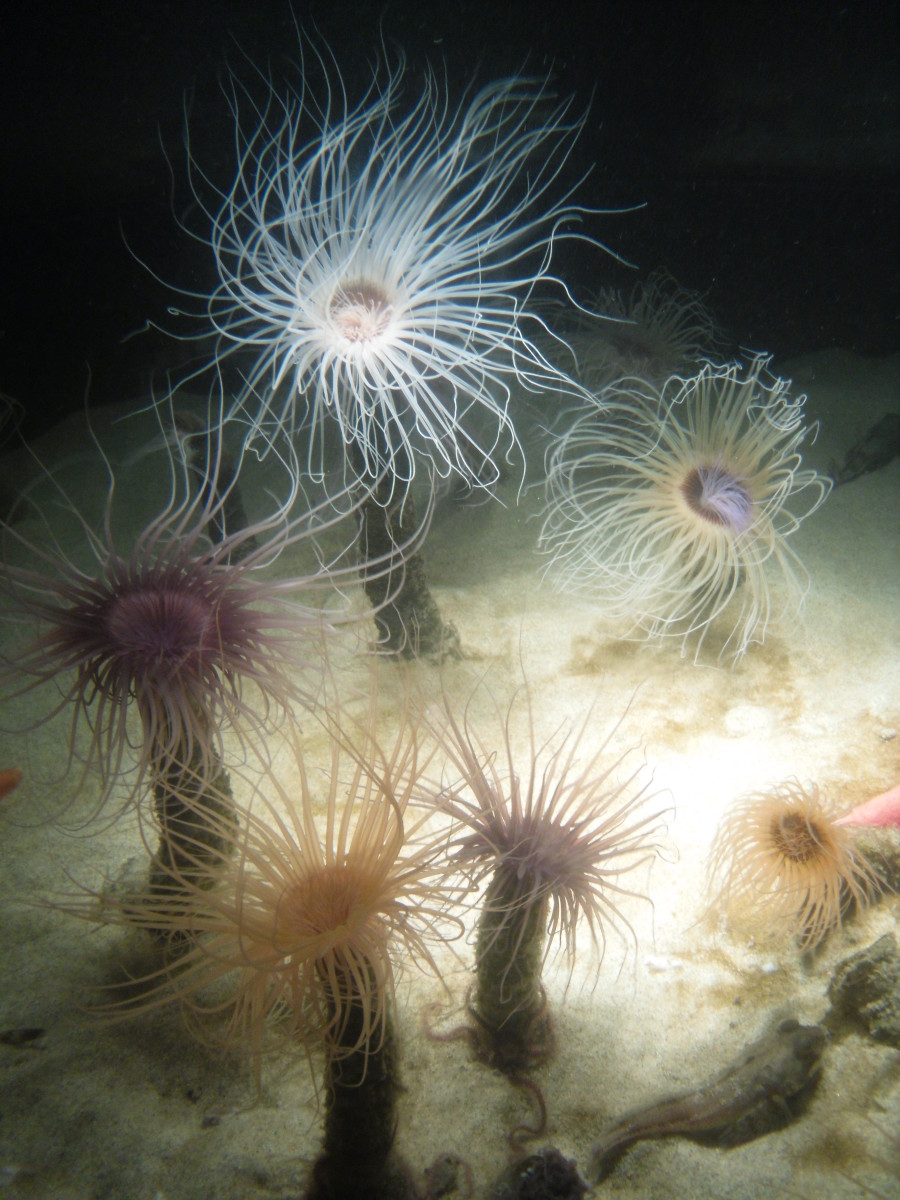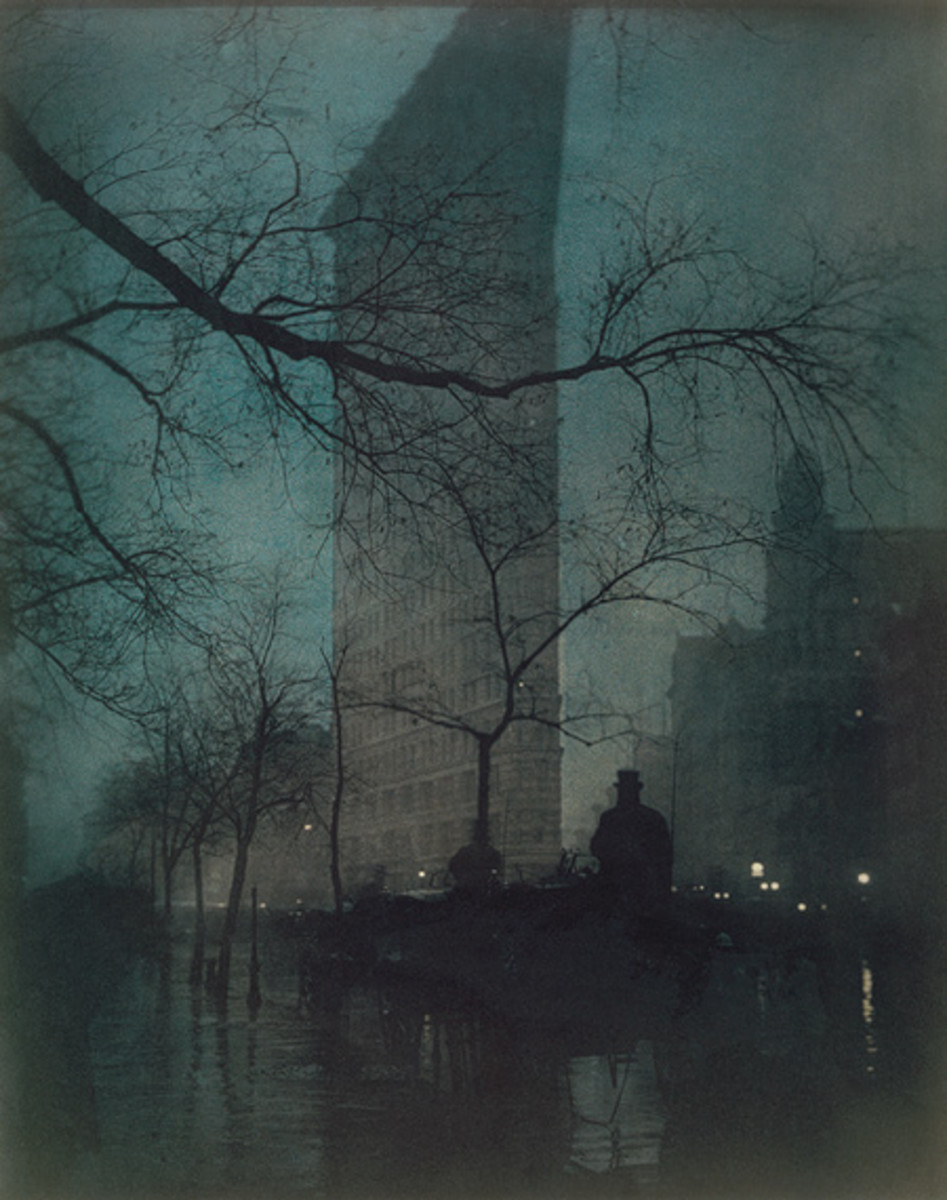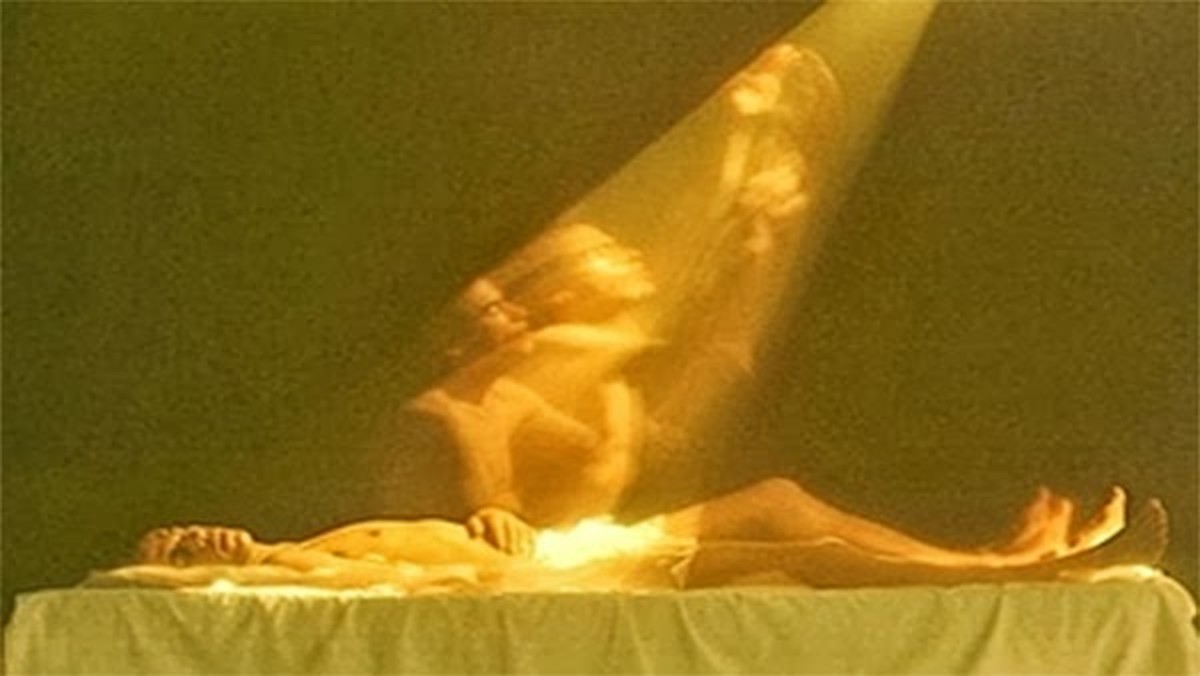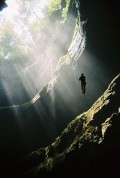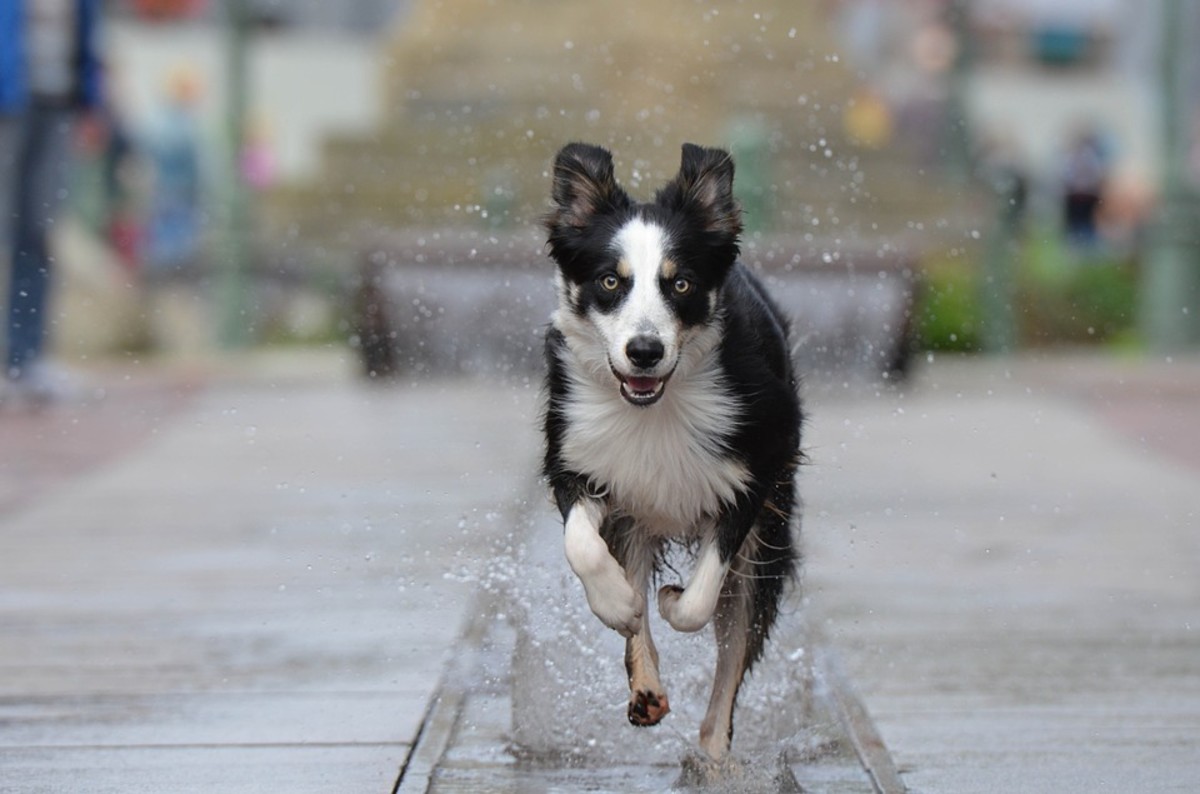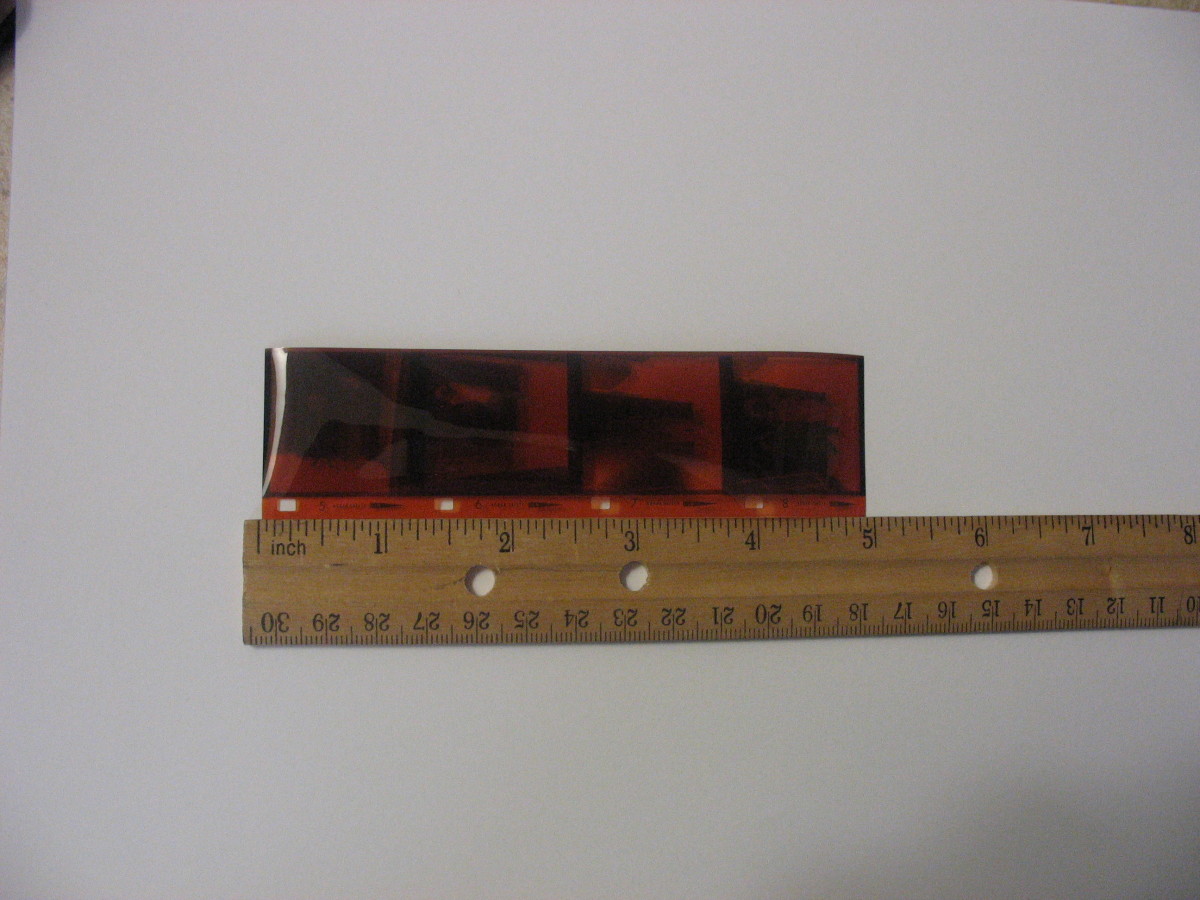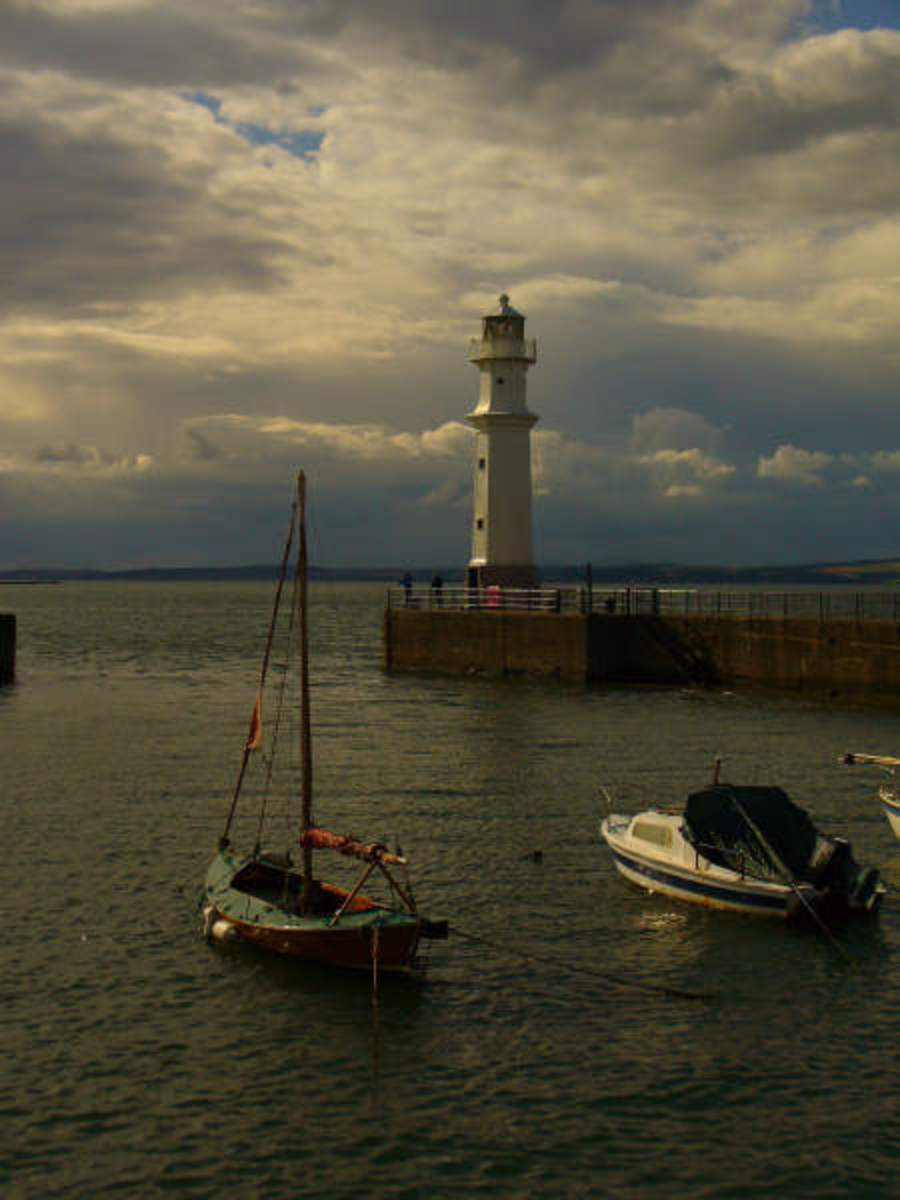How to Use Leading Lines in Your Photography
How to Use Leading Lines in Your Photography
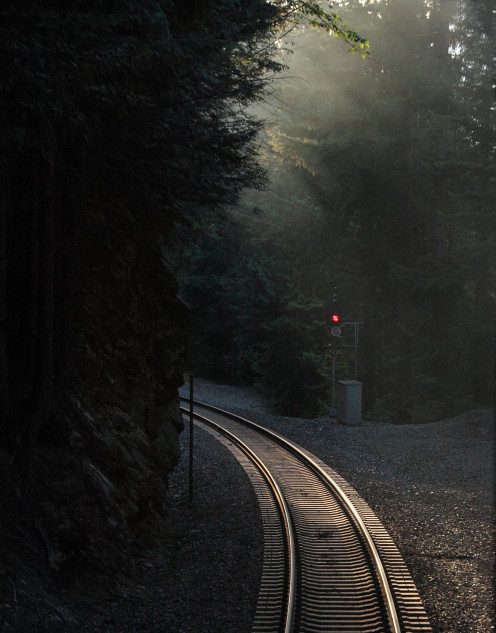
"using straight lines in a composition to lead the eye of the viewer. This is a simple technique that helps to control the way the viewer sees your photo.
You can use lines to lead the eye of the viewer within your composition, and even add impact to a particular part of your photo" Andrew Goodall
Using leading lines is a simple photographic technique used by many professional photographers in order to lead the viewer's eye through the entire scene being presented. So you need to understand how photography and leading lines is a good technique to master.
It takes the eye from a particular starting point and leads it to the end of the scene.
"Leading Lines are a device to make your compositions more interesting by taking your viewer on a journey through an image. You begin in one place and lead them onto a point of interest." Mike Browne
For example; if you were to take a picture of a bridge and you wanted the viewer to see the bridge in its entirety. You would use leading line to start the view at one end of the bridge and guide it towards the end of the bridge.
It also lends the scene a point of reference, it adds perspective and can also be used to create impact turning "so so" pictures into spectacular ones if used correctly.
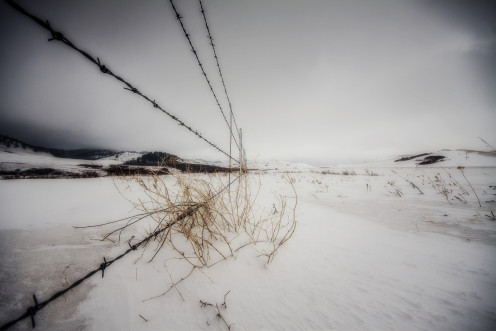
Did you know about the importance of leading lines?
Although leading lines work well by themselves as a photographic rule, they should also be used alongside other photo rules such as the rule of thirds.
If your leading line starts that at the top of the picture and stays there or starts at the left and stays there then all they do is lead the eye alongside that portion or side of the picture.
They should start at one point and go in the opposite direction to another portion of the picture; left to right, or top to bottom for example.
Another key point is that the leading edge of the leading line should be located at the forefront of the image. In other words, it should have a prominent position on it.
Something else to remember is that leading lines do not have to be straight lines. Although our brains are set up to focus on perfectly straight ones, not so straight ones work well too.They could be semi straight, go in circles or take angles.
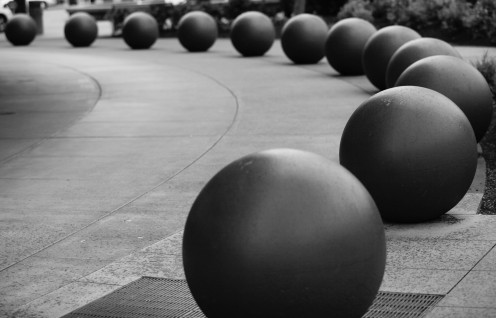
Leading lines do not have to be man made ones. They could be naturally occurring designs, even shapes created by living animals such as ducks "standing in a row".
They do no need to be thick lines or extremely prominent in the scene. Simple lines also work well.
They key is to use them to your advantage and use them to accomplish something; leading the eye to where you want it to go.
Making sure that a viewer sees everything worth seeing in a photograph is a key concept in photography and something professional photographers know very well; the more time a viewer spends looking at your picture, the more likely that it will be remembered (including the name of who took the picture in the first place).
Something else that plays a key role in composition is that, if possible, the scene should have one or more stopping points where the eye will stop, admire and move on.
This is usually accomplished by including some striking color like on a monochromatic composition which features one or more spots of color.
Look at the photo labeled Photo 1; it is almost a monochromatic image because of where and when it was taken. Yet the small red light makes the eye stop and explore before moving on and continuing to follow the train tracks.
The bright sunny spot also makes the eye stop but the red light, just like a traffic stop, works very well in getting the eye to stop and focus.
This particular image, although a simple composition in itself, takes full advantage of the leading lines technique.
Although color is the mainstay of most photography and it works very well with leading lines, black and white photographs can use the technique to their advantage just as well.

Leading lines are very useful with landscape compositions but they can also be used in other styles of photography like in portraits.
The same concept of leading the eye from one place to the other can be applied by leading the view from one part of the body (scene) to another part of the body (scene) like from the head, to the breasts, to the legs, back and forth and so on.
Body shapes like long legs, long arms, long hair, fingers and so on serve the purpose just as well as regular man made lines.
Some nude photography also uses the concept to its advantage. The "lines" are used to make the viewer explore the entire body of the model.
- How to Use Leading Lines for Better Compositions - Digital Photography School
A leading line paves an easy path for the eye to follow through different elements of a photo. Usually they start at the bottom of the frame and guide the eye upwards and inwards, from the foreground of the image to the background, typically leading
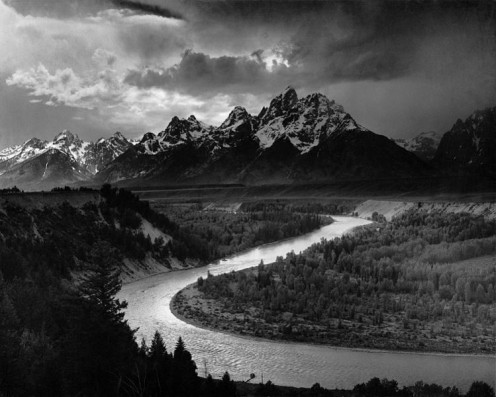
Want more photography articles with tips and suggestions? Then see this eBook
- Make Money with Photography (eBook): Tips for making it as a photographer by Luis E Gonzalez (1900):
Make Money with Photography (eBook): Tips for making it as a photographer by Luis E Gonzalez (1900)
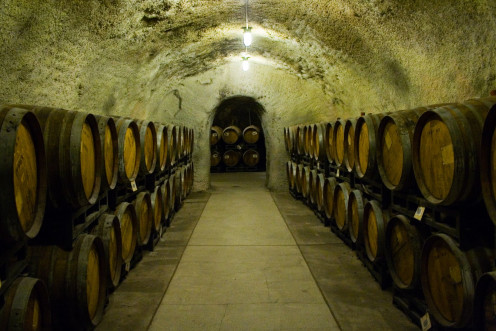
© 2014 Luis E Gonzalez



